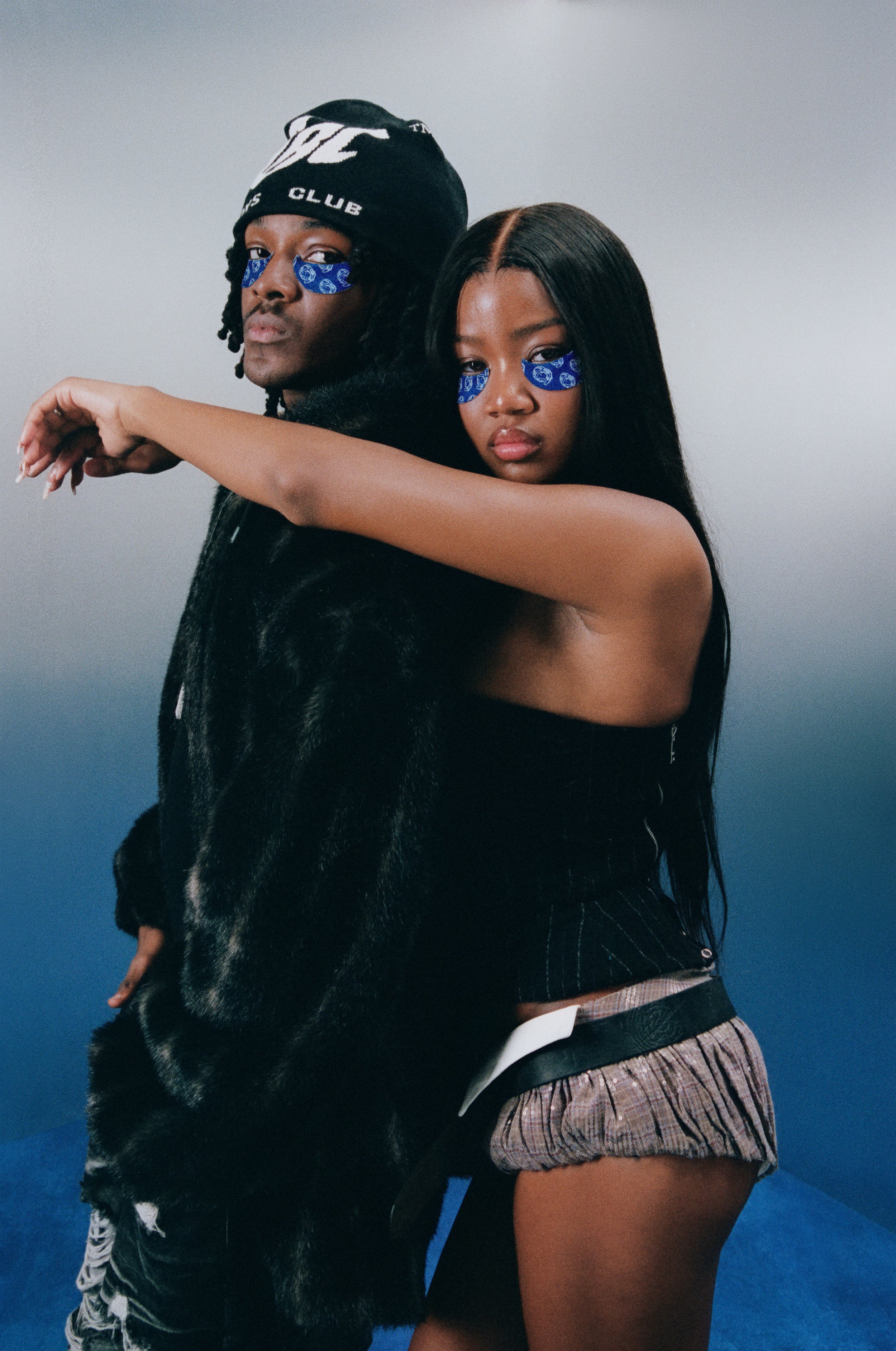How to Boost Your Art Exhibitions
By PAGE Editor
This article offers a comprehensive guide to creating impactful promotional materials, writing compelling press releases, and leveraging art portfolios to effectively promote your work and events.
The Importance of Promotional Materials for Art Exhibitions
Promotional materials, along with press releases, form the backbone of your public outreach efforts. By maintaining a comprehensive mailing list and sending well-designed promotional materials to everyone on that list, you can significantly enhance your visibility among professional art audiences. This is undoubtedly an effective strategy. As a form of advertisement, your promotional materials serve as the medium for disseminating information about your work, particularly through written content, while also incorporating images, decorative fonts, and graphic elements to convey more nuanced and subtle messages.
Your promotional materials must include the following key details:
- The name(s) of the artist(s)
- The title of the exhibition or performance
- Date
- The name, location, or website address of the gallery
- Mailing address, phone number, or email address
- Regular opening hours of the gallery during the exhibition
- The date and time of any reception (if applicable)
Designing Promotional Materials
Now, let’s focus on printed promotional materials. What information do you need to know for the design process? What type of printing service should you choose? How can you control costs? Of course, if you are self-funding the exhibition, cost will be a critical consideration. The three main factors influencing costs are:
1. Design fees
2. Printing costs
3. Postage fees
Among these, excellent design is the most crucial, as it can effectively capture public attention and maximize the cost-efficiency of your promotion. You can hire a graphic designer or negotiate a trade for their services. Regardless of the method, you must clearly and accurately communicate the desired outcome.
- Use images and visual formats, such as charts, to illustrate your ideas.
- Provide examples of other promotional graphics you admire.
- Specify the font style you prefer by showing samples.
- If using color printing, provide color samples—simply requesting “green” is far too vague when there are thousands of shades of green.
- If you have a specific layout in mind, sketch a rough draft.
- Supply print-ready outputs along with a disc containing all the text information to be used in the promotional materials.
If you are skilled in graphic design, you can create the promotional materials yourself to save on design fees. However, being an exceptional artist does not necessarily mean you excel in graphic design—the two are not equivalent. You can collect unique and memorable promotional materials from other artists, study their design techniques, and sketch a few potential designs. Share these drafts with other artists and your mentors for feedback. Read graphic design guides and maintain a minimalist design style. Unless the design calls for multiple fonts, stick to one font family and use its variations. Ensure all text is at least 1.5 cm away from the design’s edges to avoid a cramped appearance.
Printing Your Own Art Portfolio for Promotion
In addition to promotional materials and press releases, creating and printing your own art portfolio is an excellent way to showcase your work to potential collectors, galleries, and critics. A professionally designed and printed portfolio not only demonstrates your artistic skills but also leaves a lasting impression on your audience. Here are some tips for creating an effective art portfolio:
1. Curate Your Best Work: Select pieces that represent your artistic style and highlight your strengths. Ensure the works included are cohesive and relevant to the audience you are targeting.
2. High-Quality Images: Use high-resolution images of your artwork to ensure clarity and detail in the printed portfolio. Poor-quality images can diminish the impact of even the most impressive works.
3. Professional Layout: Arrange your portfolio in a clean, visually appealing manner. Include titles, dimensions, mediums, and brief descriptions for each piece.
4. Artist Statement and Bio: Add a concise artist statement and biography to provide context for your work. This helps viewers understand your creative vision and background.
5. Printing Options: Choose a reputable printing service that offers high-quality materials, such as thick paper stock and vibrant color printing. Consider hardcover or spiral binding for a polished finish.
6. Distribution: Share your portfolio during meetings with galleries, art fairs, or networking events. You can also send digital versions to potential collaborators or feature it on your website.
A well-crafted art portfolio serves as a tangible representation of your artistic journey and can significantly enhance your professional image, making it easier to build connections and secure opportunities.
Press Releases and Promotional Kits
The purpose of a press release is to inform the media about upcoming art exhibitions and events. Print and online media use press releases to compile art event calendars and invite critics to write about your work. Broadcast media use this information to promote upcoming events or arrange interviews. When critics prepare to write about your exhibition or performance, you can provide them with a promotional kit, which contains more comprehensive details about your work.
What is a Press Release?
A press release is a factual document, typically one to two pages long, that outlines the time, place, people, and content of the event being reported.
How to Write a Press Release
The following items should be included at the beginning of a press release:
- The date of the press release
- The title of the exhibition or performance
- The names of the artists (if fewer than four individuals; for four or more, such as eight artists, write “A Group Exhibition of Eight Artists”)
- The name of the gallery
- The date of the exhibition or performance
- The date and time of any reception (if applicable)
List this information in bullet points or bold uppercase letters for emphasis. The body of the press release should be engaging and compelling. As New Orleans photographer Stephen Foster once said, “A press release is a primary tool, and its importance cannot be overstated.” The first two sentences of a press release are critical—they are the key to capturing the reader’s interest and determining whether they will continue reading.
For a solo performance or exhibition, the first paragraph should provide an overview of the event, while the second paragraph should elaborate on its key attractions. This content can often be derived from the artist’s statement. Additional optional information may include:
- A list of your professional achievements
- Major exhibitions or performances you have participated in
- Notable collections that feature your work
- Comparisons between your work and that of other artists
- Excerpts from published reviews, catalog notes, or curatorial comments about your work
For group exhibitions or a series of performances, the press release should still begin with an overview. Follow this with a shorter summary paragraph listing the participating artists and, if applicable, the curator’s name. The next section should discuss the exhibition’s theme, including a brief quote from the curator. If space permits, include one to two sentences introducing each artist’s work. If there are too many artists to introduce individually, focus on describing the works of a few representative artists within the thematic discussion.
If you have organized related events, such as panel discussions or artist talks, include their dates, times, locations, and participant names. Additionally, express gratitude to any organizations, individuals, companies, or foundations that have supported the exhibition.
HOW DO YOU FEEL ABOUT FASHION?
COMMENT OR TAKE OUR PAGE READER SURVEY
Featured








Miami Art Week 2025 Powered by Art Hearts Fashion closed out the year with a high-impact, citywide series of runway shows, designer debuts, and star-studded events across Miami’s most iconic venues, celebrating global creativity, inclusivity, and the intersection of fashion, art, and culture.